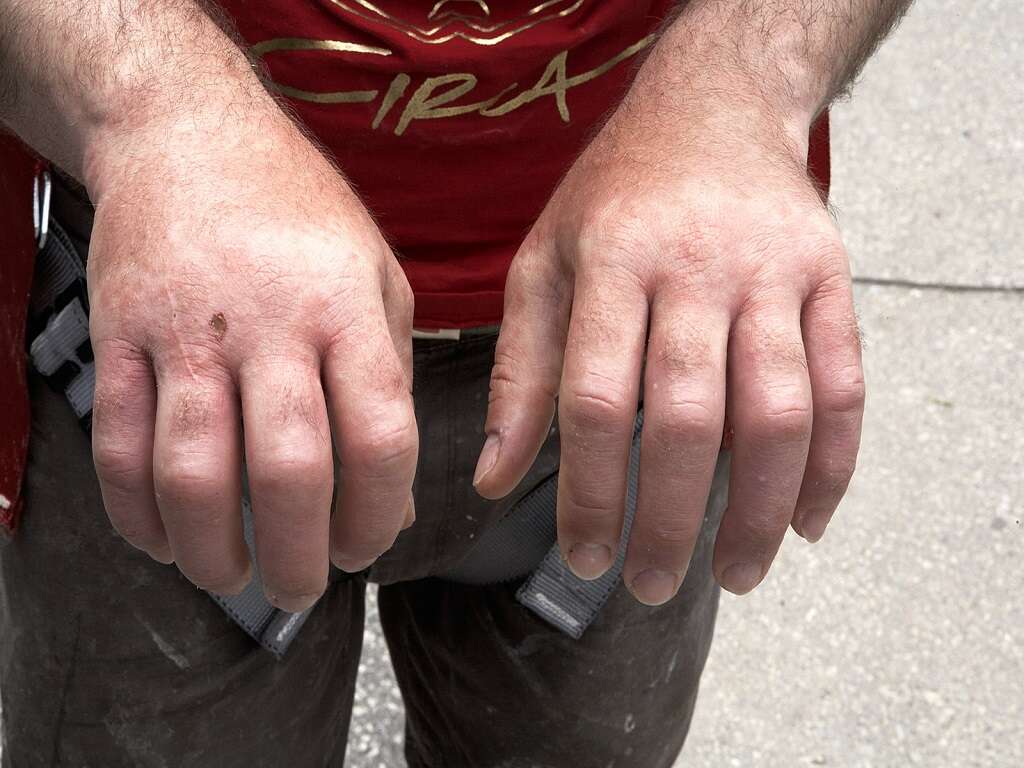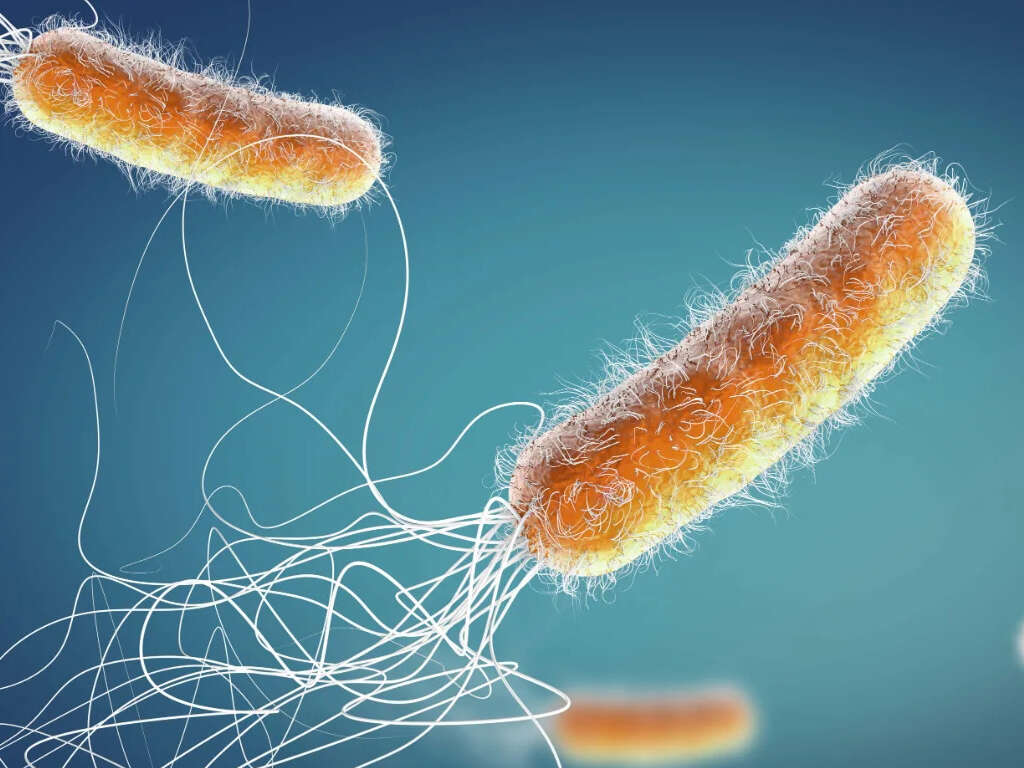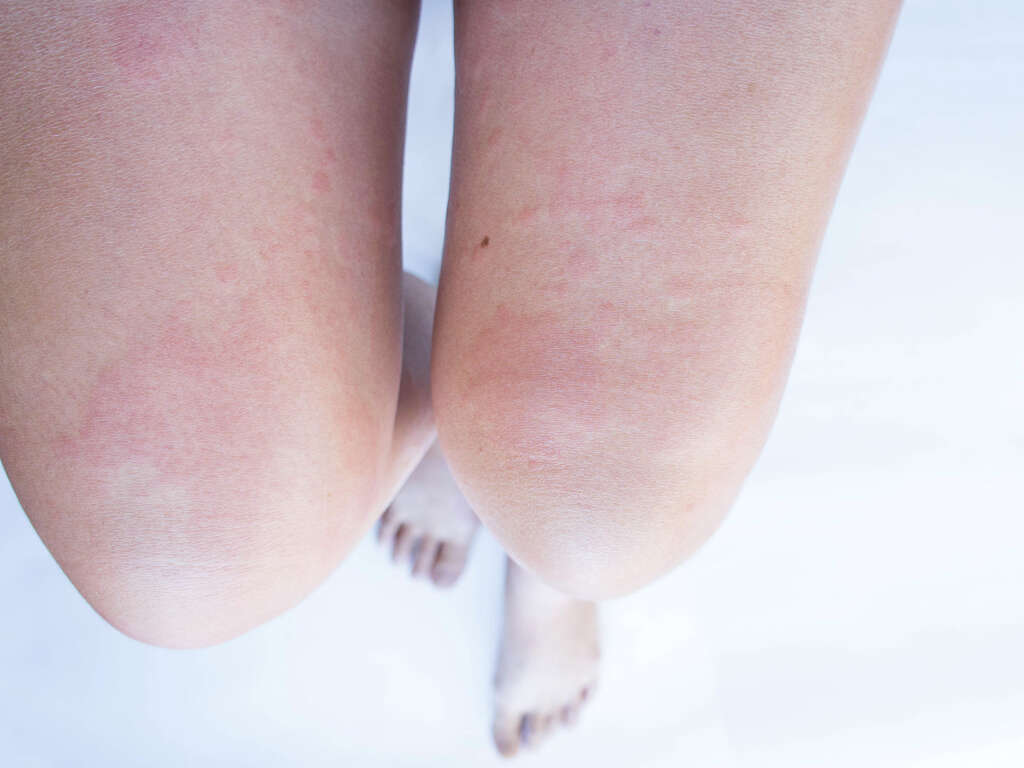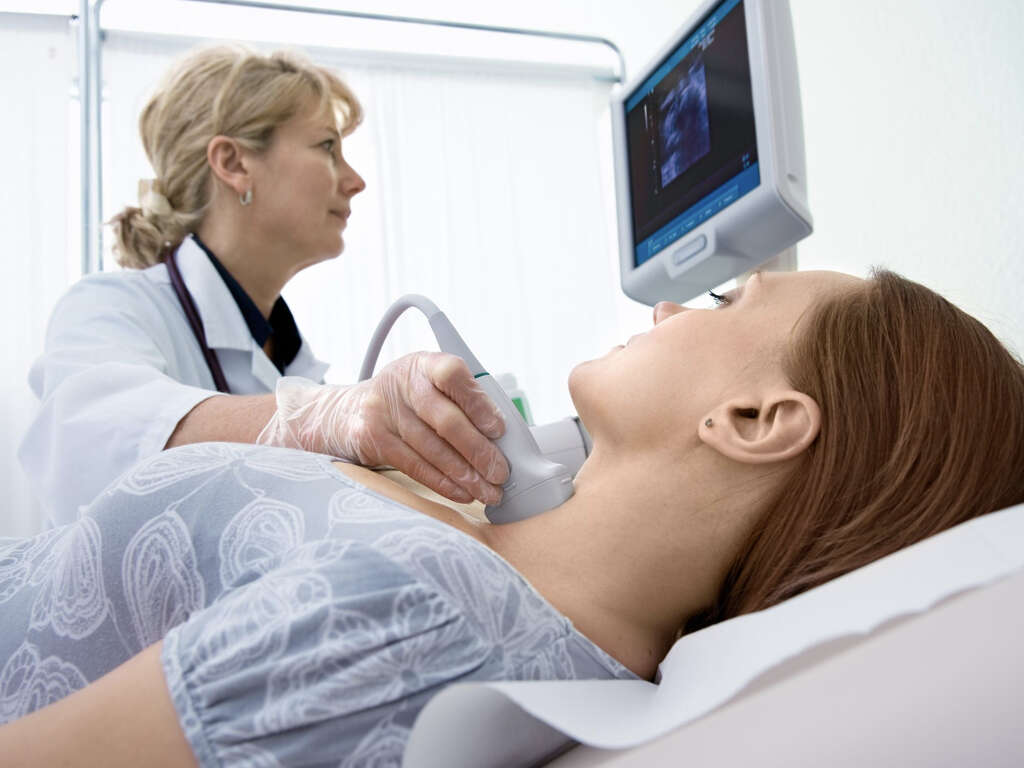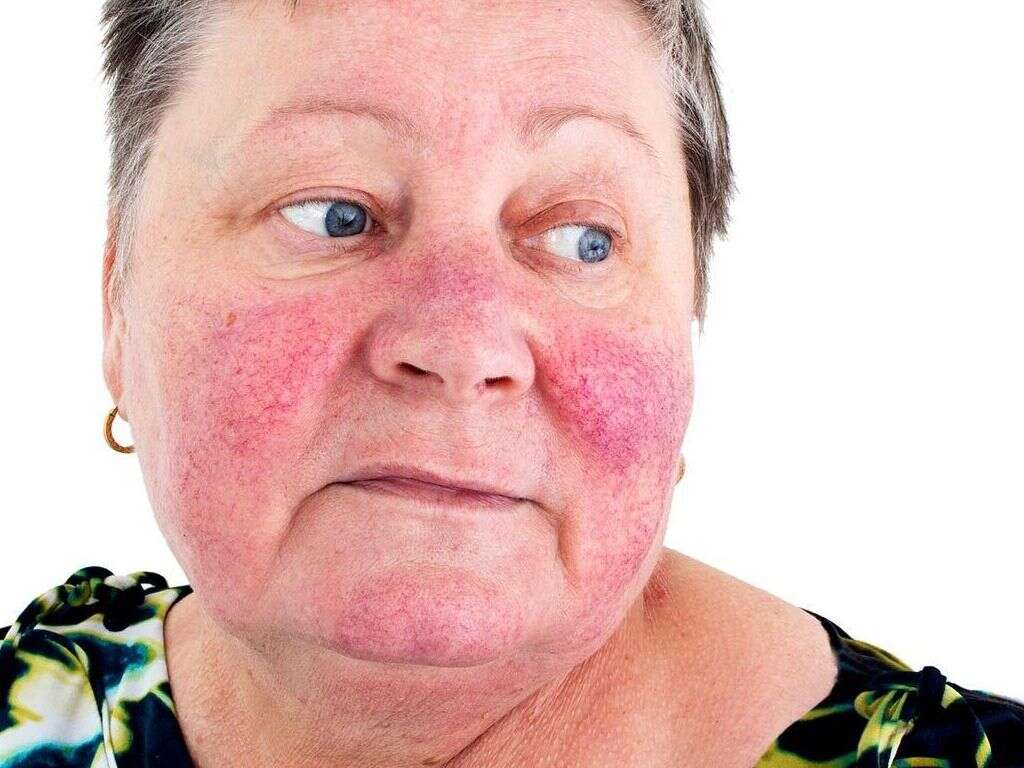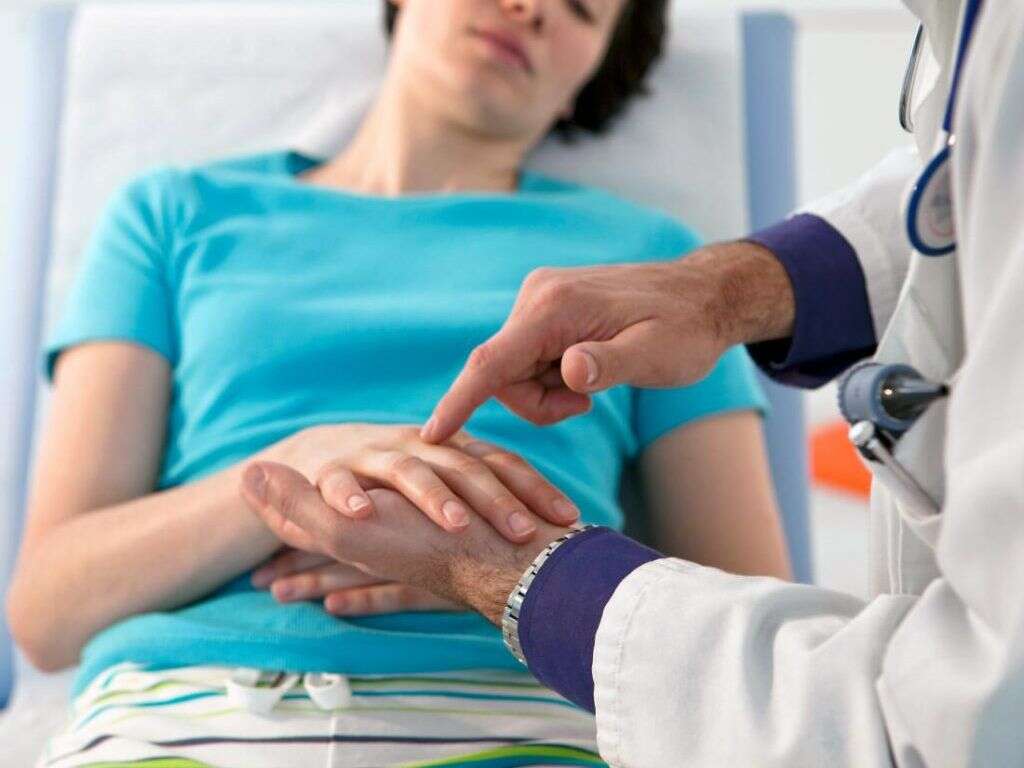10 MCTD Symptoms
 Article Sources
Article Sources
- 1. 'Mixed Connective Tissue Disease.' Mayo Clinic, Mayo Foundation for Medical Education and Research, 2 June 2020, www.mayoclinic.org/diseases-conditions/mixed-connective-tissue-disease/diagnosis-treatment/drc-20375152
- 2. Team, Wellness. '5 Ways to Fight Fatigue With Food.' Health Essentials from Cleveland Clinic, 19 Aug. 2020, health.clevelandclinic.org/5-ways-to-fight-fatigue-with-food/
- 3. 'Mixed Connective Tissue Disease.' Mayo Clinic, Mayo Foundation for Medical Education and Research, 2 June 2020, www.mayoclinic.org/diseases-conditions/mixed-connective-tissue-disease/symptoms-causes/syc-20375147.
- 4. 'Mixed Connective Tissue Disease (MCTD).' NORD (National Organization for Rare Disorders), 5 July 2017, rarediseases.org/rare-diseases/mixed-connective-tissue-disease-mctd/
- 5. Nugent, Caitlin C. 'H2 Blockers.' StatPearls /[Internet/]., U.S. National Library of Medicine, 20 Mar. 2021, www.ncbi.nlm.nih.gov/books/NBK525994/
MCTD, or mixed connective tissue disease, is a rare autoimmune disorder of which the exact cause is unknown. Many common MCTD symptoms overlap with those of other connective tissue disorders, such as myositis, which is a progressive inflammation of the muscles. Although there's no known cure for MCTD, it may be managed with certain medications and lifestyle changes.1‘Mixed Connective Tissue Disease.’ Mayo Clinic, Mayo Foundation for Medical Education and Research, 2 June 2020, www.mayoclinic.org/diseases-conditions/mixed-connective-tissue-disease/diagnosis-treatment/drc-20375152
The disease can affect various organs, including the skin, muscles, lungs, digestive system and joints. Depending on the body systems involved, the symptoms can range from moderate to severe. MCTD symptoms can include skin rashes, painful joints, digestive issues, fatigue and swollen hands, among others.
Joint Pain
Joint pain is something almost everyone with MCTD endures to some degree, and the pain may increase in severity when MCTD flares up. It can occur in multiple joints, including the shoulders, hips, knees and elbows.
Arthritis is another common cause of joint pain, but it can also result from other illnesses or injuries. Other possible causes are gout, lupus and bursitis, an inflammation of the cushioning pads around a person's joints. A person should see a doctor if the pain lasts more than three days or if the area around the joint is swollen or tender.

Joint Swelling
Swollen joints are another common symptom of MCTD. The swelling can occur due to an increase in fluids that envelope the affected joints. Along with the swelling, an individual may also experience stiffness and pain in the joint. The joint may also appear bigger in size or misshapen.
Along with arthritis, other common causes of joint swelling can include ankylosing spondylitis, which causes joint inflammation, and inflamed tendons, also known as tendinitis. Individuals should seek medical attention if the swelling is accompanied by a fever.

Fatigue
The pain commonly associated with MCTD can drain a person physically and mentally. This can sometimes lead to fatigue, another common symptom of this connective tissue disease. Fatigue can significantly affect a person's quality of life.
A lack of energy, the main characteristic of fatigue, can result in a person having difficulty completing even the most basic everyday tasks, such as getting out of bed or showering. Eating a balanced diet and avoiding too much caffeine may help a person better manage fatigue.2Team, Wellness. ‘5 Ways to Fight Fatigue With Food.’ Health Essentials from Cleveland Clinic, 19 Aug. 2020, health.clevelandclinic.org/5-ways-to-fight-fatigue-with-food/

Fever
Individuals with MCTD may experience a mild fever at certain times. However, if the fever becomes more severe and the body temperature rises above 103 degrees, medical attention should be sought.
Low grade fever is also associated with some autoimmune diseases. A fever is best known as the body's natural response to fighting an infection by helping immune cells to declare war on invading microbes. However, a high fever may be a symptom of more serious medical conditions, such as blood clots, influenza and pneumonia.

Rash
It's common for a person with MCTD to develop a rash somewhere on their body. The rash may appear on the individual's knuckles and resemble reddish, brownish patches.3‘Mixed Connective Tissue Disease.’ Mayo Clinic, Mayo Foundation for Medical Education and Research, 2 June 2020, www.mayoclinic.org/diseases-conditions/mixed-connective-tissue-disease/symptoms-causes/syc-20375147.
Rashes come in many forms. They can appear bumpy or smooth, dry or moist, cracked or blistered. Some rashes can be painful or cause severe itching and even change color. Taking ibuprofen or acetaminophen in moderation may help relieve the moderate pain associated with certain rashes.
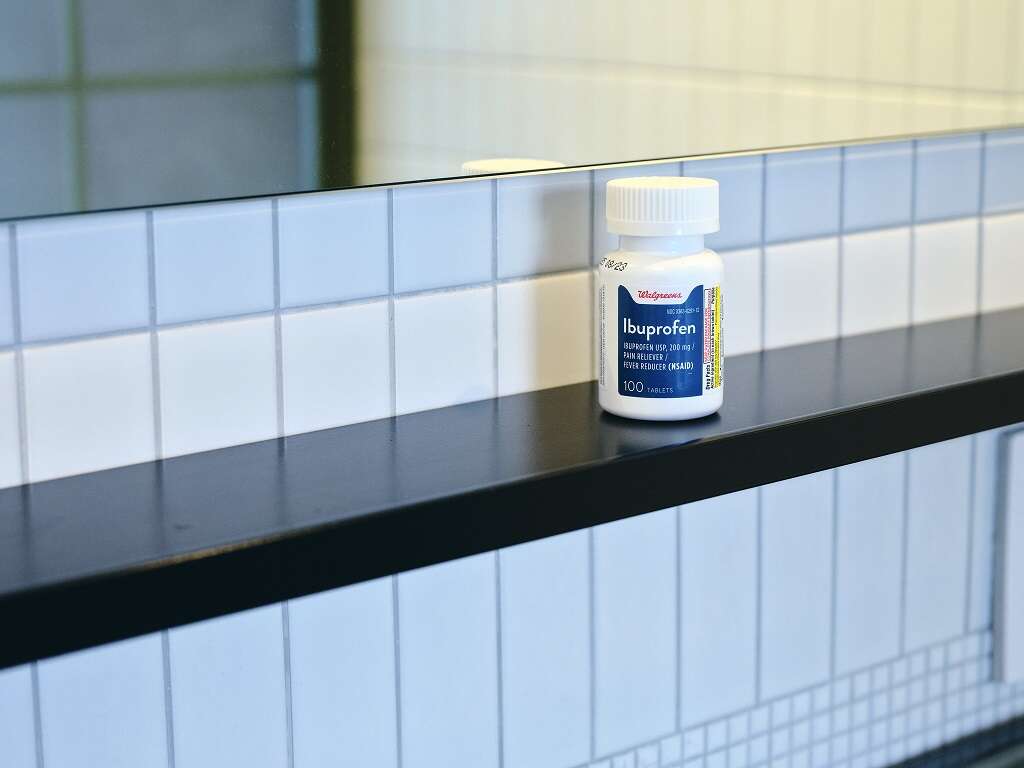
Muscle Weakness
Muscle weakness is commonly caused by lack of activity or exercise, injury or aging. It can also be a symptom of MCTD. It can occur when inflammation associated with the condition causes damage to muscle fibers, resulting in weakness.
Chronic conditions such as diabetes or heart disease can also lead to muscle weakness. With weakness, full muscle contraction or movement can't be achieved regardless of the effort a person exerts. Individuals may need physical or occupational therapy to help them manage muscle weakness.

Color Changes in Hands and Feet
Affected individuals may develop a condition known as Raynaud's phenomenon. The main characteristics of the condition are painfully cold fingers and toes, and a color change in the hands and feet when exposed to stress or changes in temperature.
The fingers or toes change from normal coloring to blue to white in response to cold or stress.4‘Mixed Connective Tissue Disease (MCTD).’ NORD (National Organization for Rare Disorders), 5 July 2017, rarediseases.org/rare-diseases/mixed-connective-tissue-disease-mctd/ After warming, the toes or fingers turn red. Keeping the extremities warm and finding ways to relax may help a person manage Raynaud's.

Acid Reflux
Around half of the people with MCTD experience acid reflux, which can occur when the contents of a person's stomach move up into the esophagus. It can cause an uncomfortable burning sensation in the chest, which can sometimes travel up to the throat.
Making changes in eating habits, such as avoiding late night snacks and eating smaller portions, may help reduce the risk of future episodes of acid reflux. To relieve symptoms, a doctor may recommend taking over-the-counter medications such as antacids.
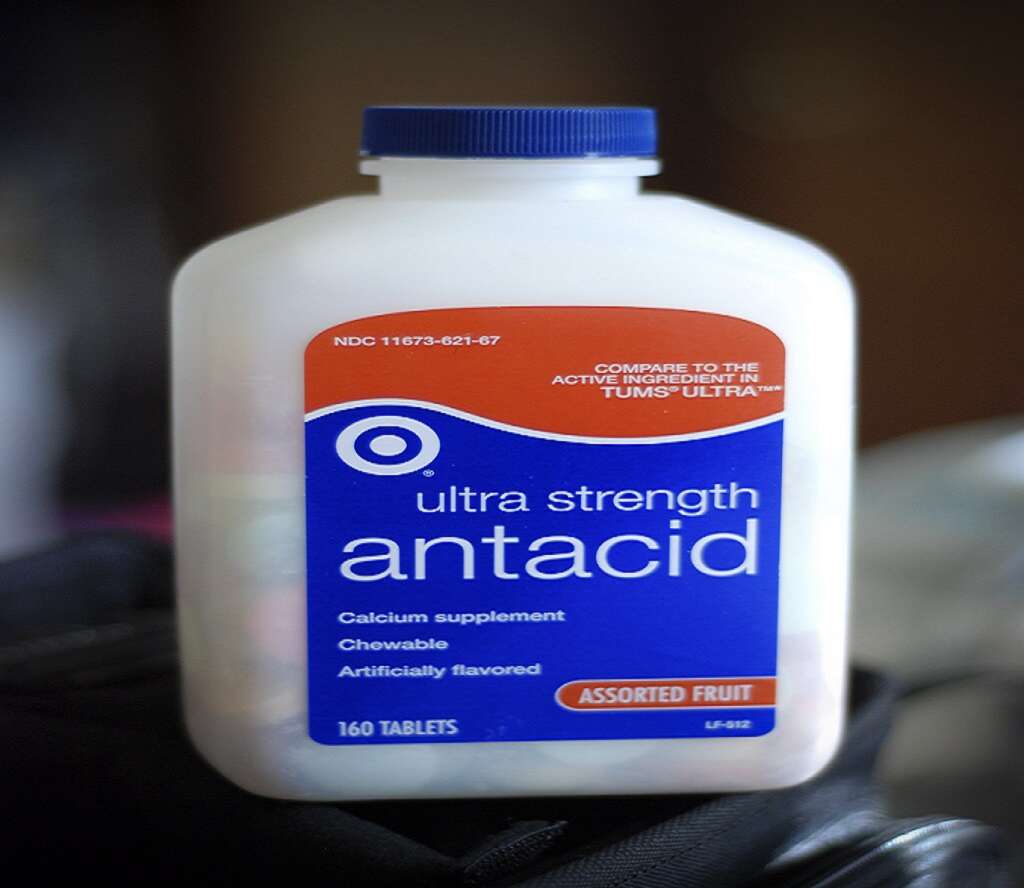
Stomach Inflammation
Stomach inflammation can be the result of several medical conditions and is also a common symptom of MCTD. Stomach inflammation may also be referred to as gastritis, the general term for a group of conditions relating to inflammation of the stomach lining.
Individuals with gastritis may feel nauseous and experience abdominal pain. More severe cases could result in chest pains and shortness of breath. Other causes of gastritis can include excessive alcohol consumption, smoking and the routine use of nonsteroidal anti-inflammatory drugs, such as ibuprofen.

Swollen Hands
The color change in a person's hands, the Raynaud's phenomenon, can also be associated with swollen hands. An individual may also develop sausage fingers, or swelling of the hands. This swelling can occur when excess fluid accumulates in the tissues.
Other common causes of swollen hands can include heat, exercise or medical conditions such as lymphedema, which is characterized by a buildup of lymph fluid in the body tissues. Although swollen hands can sometimes cause discomfort, they're usually not a cause for concern.
